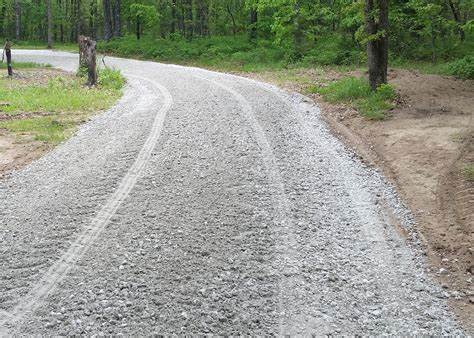
|
Barry's
Tire
Tech This is a series of articles on the technical aspects of tires, their care and usage. My primary purpose in these articles is to help people understand tires and thereby reduce the risks we all face every day. ..........and since tires is just about the only thing I know about.......... Please drop me a note if you have a topic you want to see: Barry@BarrysTireTech.com |
|
The Physics (and Math!) behind Tires - Part 2:
|
|
L = K * P0.5 * Sd1.39 * (Dr + Sd) Where:
Whew! That formula is something else! |
If you read Part 1, then you've seen the formula to the left. I hope it is obvious that the larger the tire, the more load the tire can carry. I hope it is also obvious that the higher the inflation pressure, the higher the load carrying capacity of the tire. Not only is the formula straight out of The Tire and Rim Association (TRA) yearbook, but so are the meanings of each term. This is important because of what comes next. |
|
I'm now going to talk about K, the Coefficient for Service Conditions. The K value varies depending on the service conditions.
Speed: The higher the speed the lower the K value, so the lower the load carrying capacity. Below is a table taken from a page of the 2005 Tire and Rim Association Yearbook - the Truck-Bus section. 
Yes!! It includes pressure increases as well, but please note the general trend of more speed = lower load carrying capacity! If you do the math so you are looking only at the same pressure, this relationship to speed holds through the range! Throughout the TRA Yearbook there are similar tables and discussion points. |

|
Side Note: If you do the math, the above table says that a truck tire can carry 170% of the rated load if it is stationary. What kind of vehicle would you use this information for? How about a mobile crane - and if I was a mobile crane design engineer, that would be good to know! |
|
BUT! Certain kinds of tires have fairly well defined operating conditions and those tires don't have provisions for speed adjustment. Passenger car tires have such an operating condition. There are speed limits throughout the US, so it is common not to reference speed adjustments. Truck/Bus tires are similar, but if you dig a bit, you can find speed adjustment charts. |

|

|
Rough Roads: You have to dig very deep to find it, but the TRA Yearbook also references a load reduction for rough roads. This load reduction is offset by the load increase due to the reduced speed, however, the rough road reduction more than offsets the slower speed increase. The only reason I am including this in this discussion is for completeness. Normally the designation of the tire handles this and the load tables are correspondingly different and the actual physics gets lost in the process. For example, it is common for tires that have a specific operating condition to have the letters NHS (Not for Highway Service) or ML (Mining, Logging) after the size to designate such an operating condition. and the load tables reflect this difference in the K value. |
|
Barry's Tire Tech - Main Page |